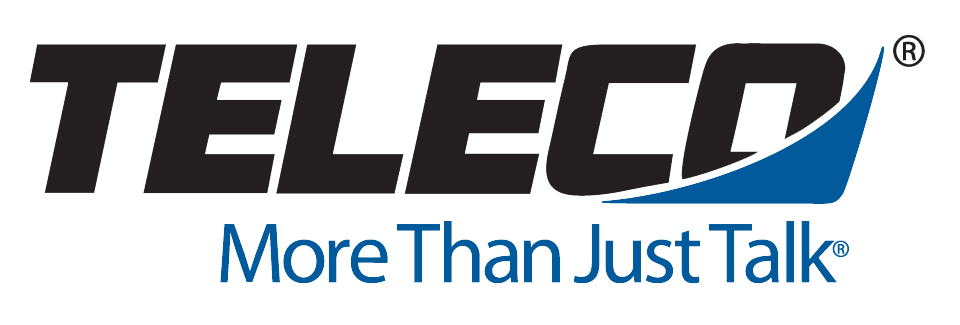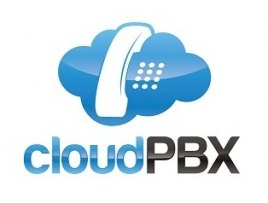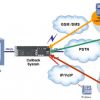DID, or Direct Inward Dialing, is also called DDI or Direct Dial-In, and it’s a feature that telephone service providers offer their customers for use with their PBX systems. One or more trunk lines are provided so that the customer can connect to the PBX, and a number of telephone numbers are allocated to this line.
The goal of this service is to allow every individual employee to have their own personal phone number—only you do not have to install separate phone lines to do it. Telephone traffic is split up and managed in a more effective manner.
To get a DID service, you first have to have an ISDN (digital line) installed. Then the telephone company will provide you with a block of telephone numbers that run through the companies PBX system. This system automatically routes callers to the correct people.
If you have a company of 50 people, and everyone needs their own phone number—you can rent these numbers from your local exchange carrier. These calls would operate over 8 physical telephone lines (trunk lines) and would allow for 8 simultaneous calls. The PBX automatically switches a call for the given phone number to the right workstation.
DID systems are great for voice mail, fax and live voice connections. They are better than your standard PBX service, as DID saves you the added cost of a switchboard operator. Calls also tend to be routed faster, and customers benefit by not interacting with a computerized voice message.
If your company needs a PBX system, but also has additional needs for separate, independent phone numbers for your staff, you should consider getting the DID service from your phone exchange. Like many added phone services, these will actually help your business save money over time, by eliminating unnecessary employee positions and reducing overall call durations and costs.
DID or Direct Inward Dial is currently being used by many successful businesses all over the globe. DID is widespread, and has coverage in all major rate centers. There are flexible routing options available which make it easier to have local telephone number presence in many areas. These calls are then directed to a central location for easy management.


